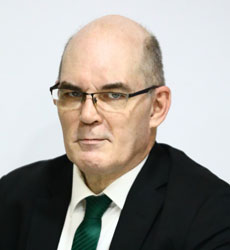Read this in The Manila Times digital edition.
EARLIER this month, New York Gov. Kathy Hochul announced that a "congestion pricing" scheme for New York City would finally be implemented, with the goal being to relieve weekday gridlock in Manhattan and boost funding for the city's ailing public transportation system. The rollout of the measure had been delayed for about five months due to "the need to assess the economic impact on working-class families," according to Hochul, who is a Democrat, but more likely because of ferocious resistance from Republican politicians. Although the chaotic and uniquely self-destructive politics in the US will probably prevent the program from lasting very long or even getting off the ground in the first place, it is a good idea that has proven effective in mega-cities such as Singapore, where the concept originated, and London.
Congestion pricing is simply a form of toll imposed on vehicles entering a designated zone in a city during peak traffic hours, generally business hours during weekdays. In London, the zone where it is enforced is the area within the Inner Ring Road; in New York, the proposed area of coverage is Manhattan below 60th Street. Vehicles entering the congestion zone during designated hours are charged a one-day fee (the current toll is £15 in London, while New York is proposing a $9 charge), with exemptions given to emergency vehicles, public transportation vehicles, and electric or low-emissions vehicles. The tolls are assessed using a system of number-plate readers on roads entering the designated zones, similar to electronic toll collection systems, and stiff penalties are imposed on motorists who try to evade the system.
Continue reading with one of these options:
Ad-free access
P 80 per month
(billed annually at P 960)
- Unlimited ad-free access to website articles
- Limited offer: Subscribe today and get digital edition access for free (accessible with up to 3 devices)


